Ed writes: We arrived in Cauquenes on Saturday, the 21st of January. As we left town driving south, we saw active fires consuming old vineyards, pine forests, and the grasslands speckled with espino trees that are characteristic of the zone. The 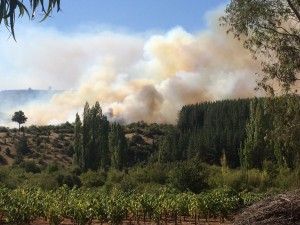
The heat was stifling, and it was hard to imagine what we could really do to stop the fire. Up the hill, we saw bushes and trees explode in flames. By evening, the wild fire had reached the northwest corner of our property, which was the most vulnerable to fire entry. In that section of the vineyard, hundred-year-old país vines are interspaced with some abandoned rows of dry grass and brambles. I spent about two hours hoeing a fire 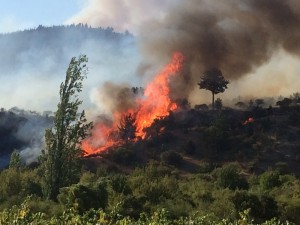
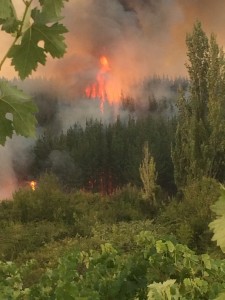
The fire has affected just about everyone in Cauquenes , but those who will suffer most are the small growers. These famers generally do not have tractors or money for herbicides to create fire breaks, and their plantings are often haphazard. Consequently, the fire wiped out huge areas of small farms, fed by the late summer grasses. With the low prices, many growers will not replant or train up from the roots again. And the surviving vineyards will have to worry about smoke taint in the grapes, which could mean the loss of the 2017 harvest.
As for us, we were incredibly lucky. Our vineyard was spared, and the wind pushed most of the smoke away from the grapes, so we likely will not have to contend with smoke taint. Maybe we’ll adopt the water rat as a symbol of good fortune. Funny thing—no one had ever seen a coipo in the Tequel creek before, because half the year it is dry. I wish him well!

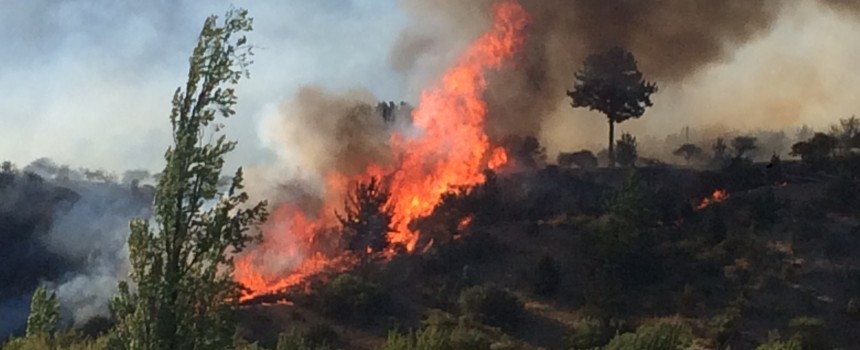
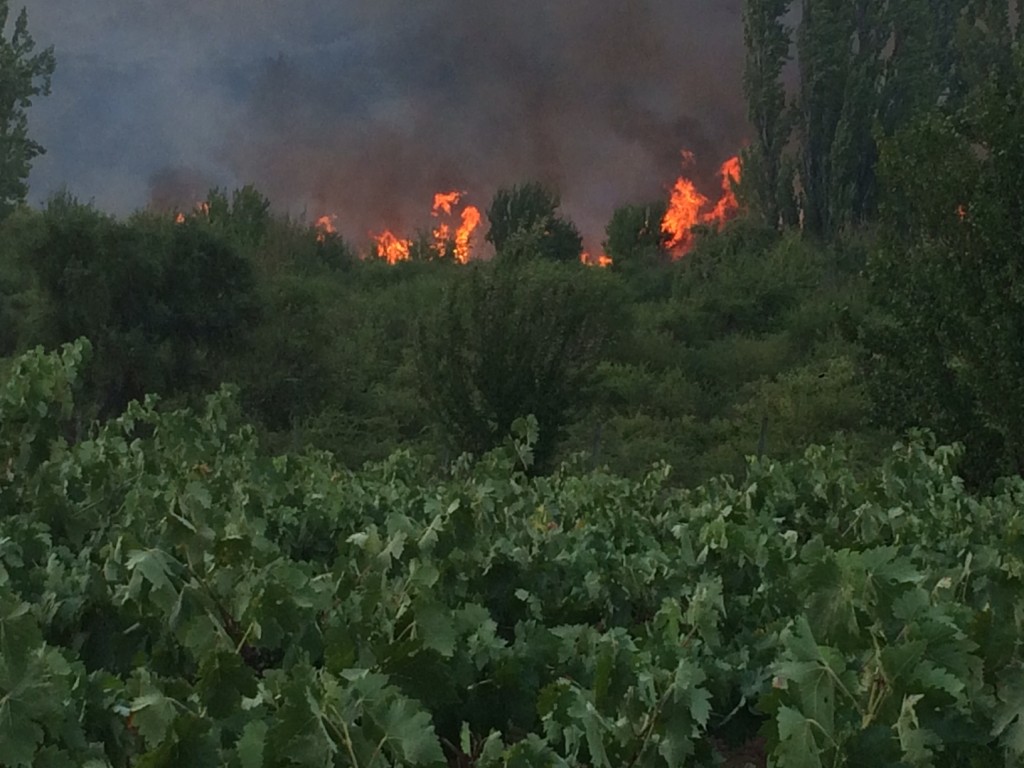







 /FlahertyWines
/FlahertyWines @flahertywines
@flahertywines @flahertywines
@flahertywines